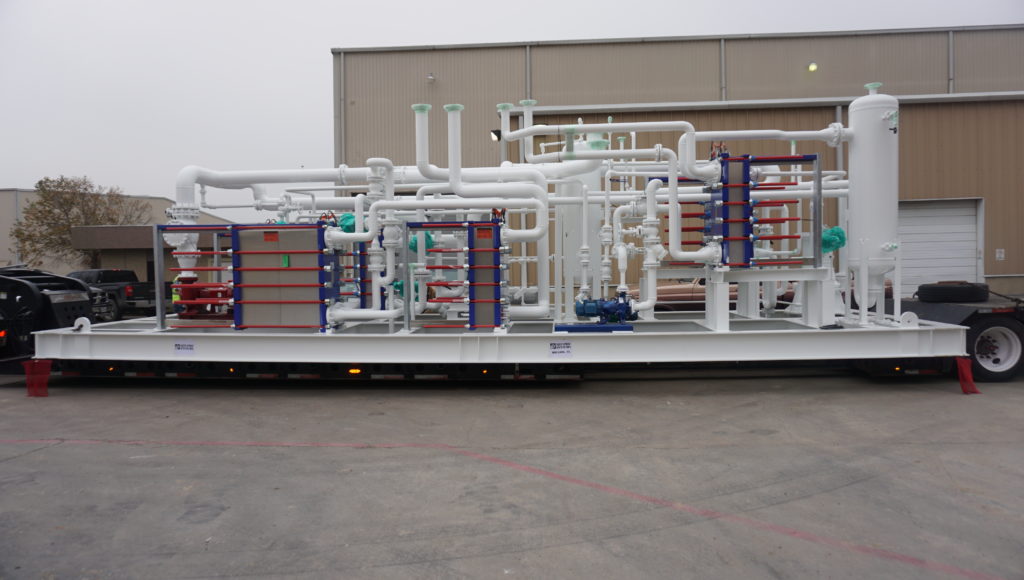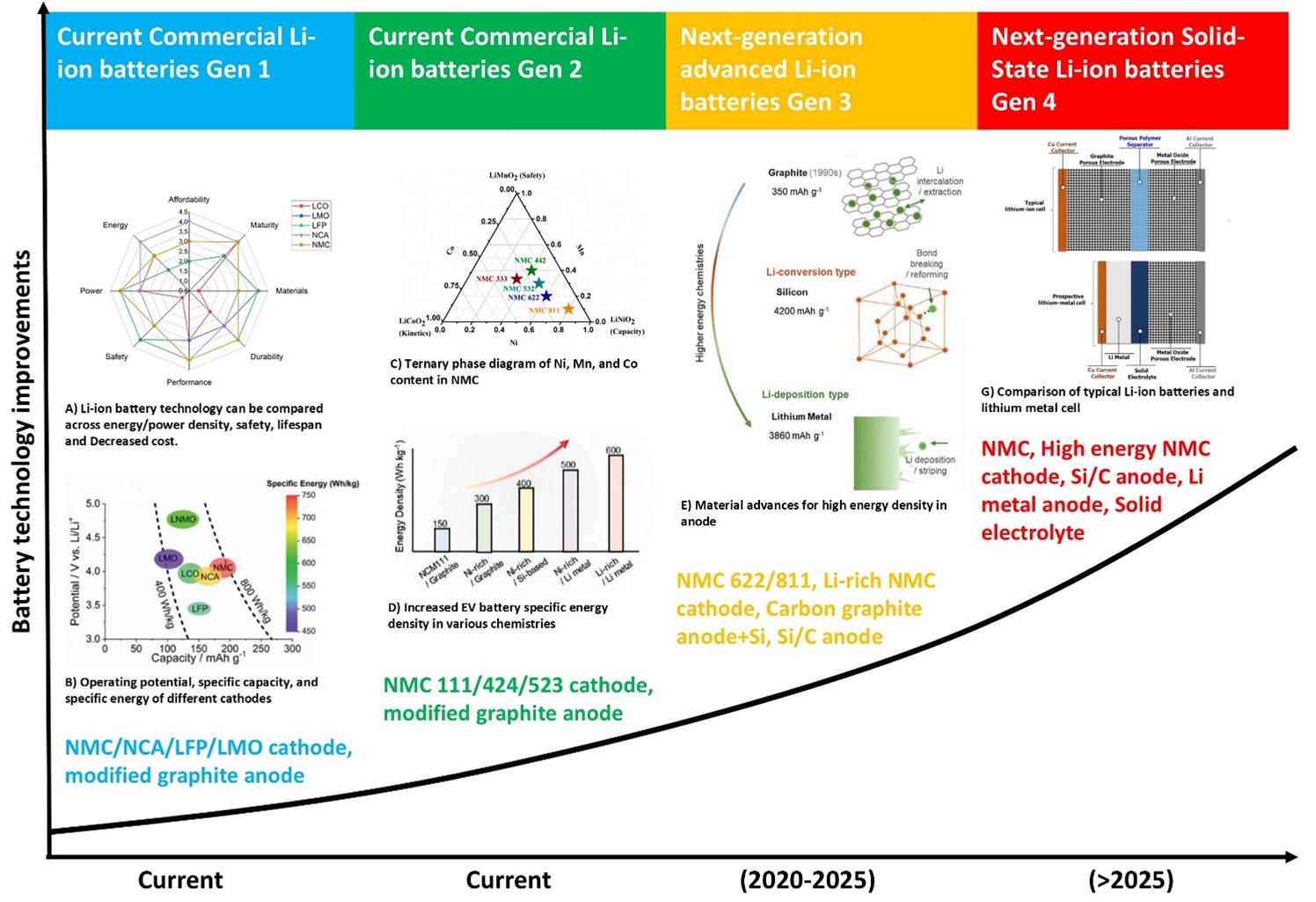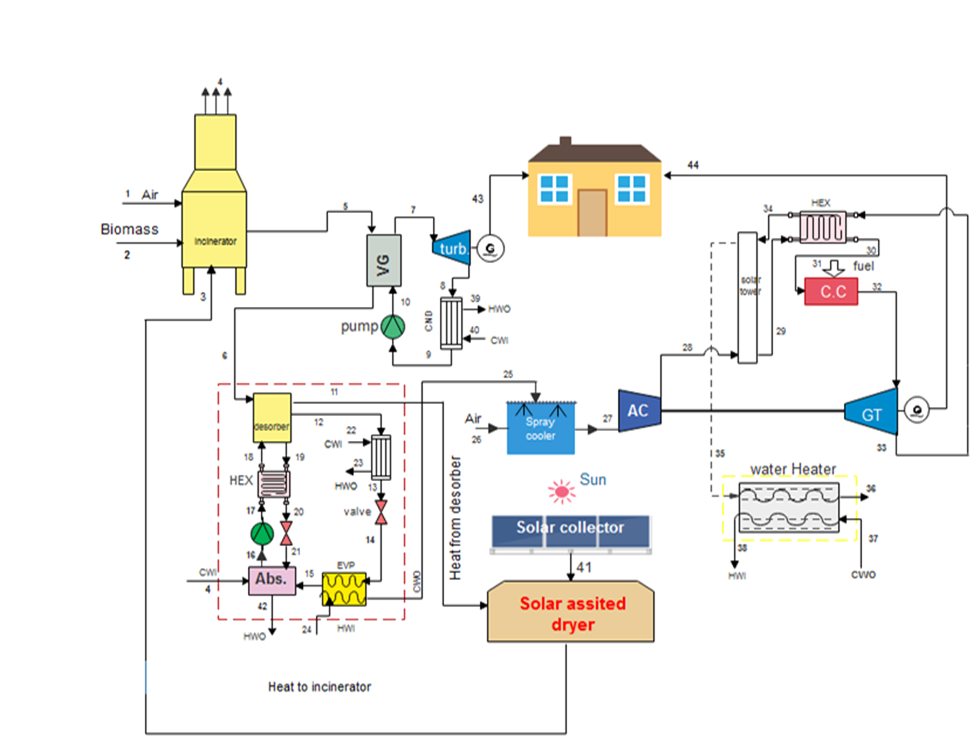Development and characterization of nanocellulose-incorporated Chitosan-starch-based composite films for sustainable packaging for food

Downloads
A series of edible chitosan-starch (CS-S) biocomposite films were developed by simple integration of monomers and casting process, which was tested for its physicochemical integrity through tensile strength, FTIR analysis, TGA analysis, water vapor permeability, and opacity. Microcrystalline cellulose (MCC) and cellulose nanofiber (CNF) were used to improve the film's properties. The film with the highest tensile strength was 2:3 (CS:S) - CNF, which had a value of 8.99 MPa. According to the FTIR data, all nine types of film samples produced were found to have good integration of the added materials robust structure. Also, the film types 2:1 (CS:S) and 2:1 (CS:S) - MCC exhibited the lowest water vapor transmission rate of 0.01 ml/hr. When the prepared films were tested using a UV spectrophotometer, the film samples that did not contain MCC and CNF had the lowest reported opacity. The 2:3 (CS:S) - CNF film type exhibited the highest tensile strength, an average water vapor transfer rate, and an average opacity for all the film samples developed. The developed film has a high potential to be employed as a biocomposite film in edible coatings for food preservation.
Carvalho, R. A., Santos, T. A., de Azevedo, V. M., Felix, P. H. C., Dias, M. V., & Borges, S. V. (2018). Bio‐nanocomposites for food packaging applications: Effect of cellulose nanofibers on morphological, mechanical, optical and barrier properties. Polymer International, 67(4), 386-392.
Taherimehr, M., YousefniaPasha, H., Tabatabaeekoloor, R., & Pesaranhajiabbas, E. (2021). Trends and challenges of biopolymer‐based nanocomposites in food packaging. Comprehensive Reviews in Food Science and Food Safety, 20(6), 5321-5344.
Butnaru, E., Stoleru, E., Brebu, M. A., Darie-Nita, R. N., Bargan, A., & Vasile, C. (2019). Chitosan-based bionanocomposite films prepared by emulsion technique for food preservation. Materials, 12(3), 373.
Ninjiaranai, P. (2015, August). Biopolymer films based on chitosan and polyethylene glycol with pineapple leaf fiber for food packaging applications. In Macromolecular Symposia (Vol. 354, No. 1, pp. 294-298).
Mohan, T. P., Devchand, K., & Kanny, K. (2017). Barrier and biodegradable properties of corn starch-derived biopolymer film filled with nanoclay fillers. Journal of Plastic Film & Sheeting, 33(3), 309-336.
Del Aguila, E. M., Gomes, L. P., Freitas, C. S., Pereira, P. R., & Paschoalin, V. M. F. (2017). Natural antimicrobials in food processing: Bacteriocins, peptides and chitooligosaccharides. Front. Anti-Infect. Drug Discov, 5, 55-108.
Nasrollahzadeh, M., Sajjadi, M., Iravani, S., & Varma, R. S. (2021). Starch, cellulose, pectin, gum, alginate, chitin and chitosan derived (nano) materials for sustainable water treatment: A review. Carbohydrate polymers, 251, 116986.
Thakur, R., Pristijono, P., Scarlett, C. J., Bowyer, M., Singh, S. P., & Vuong, Q. V. (2019). Starch-based films: Major factors affecting their properties. International journal of biological macromolecules, 132, 1079-1089.
Liu, Q. (2005). Understanding starches and their role in foods. Food carbohydrates: Chemistry, physical properties and applications, 340.
Doelker, E. (2005). Cellulose derivatives. In Biopolymers I (pp. 199-265). Berlin, Heidelberg: Springer Berlin Heidelberg.
Elias, H. G., & Elias, H. G. (1984). Polysaccharides. Macromolecules: Volume 2: Synthesis, Materials, and Technology, 1053-1090.
Chang, X. X., Mubarak, N. M., Mazari, S. A., Jatoi, A. S., Ahmad, A., Khalid, M., ... & Nizamuddin, S. (2021). A review on the properties and applications of chitosan, cellulose and deep eutectic solvent in green chemistry. Journal of industrial and engineering chemistry, 104, 362-380.
Calvino, C., Macke, N., Kato, R., & Rowan, S. J. (2020). Development, processing and applications of bio-sourced cellulose nanocrystal composites. Progress in Polymer Science, 103, 101221.















